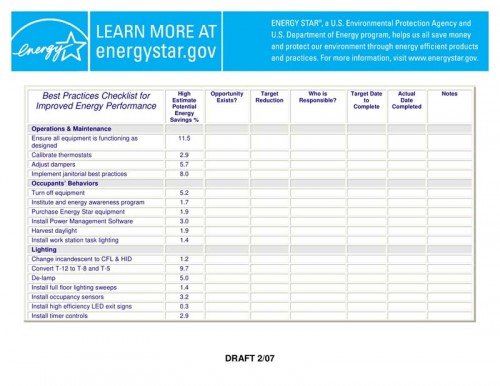In the past decade there have been a flood of green building certifications developed as guidelines for contractors, architects, and developers to follow in order to build a “green building”. Just in the U.S. there are half a dozen very popular ones. If we focus on a world scale there are even more. Here is a list of the most prevalent green building certifications in the U.S. and the world:
United States: International:
-LEED -BREEAM: Great Britain
-Living Building Challenge -HQUE: France
-Energy Star -CASBEE: Japan
-Green Globes -Green Star: Australia
-National Green Building Standard -BCA Green Mark: Singapore
-US Passive House -DGNB: Germany
This might be a little bit too much information to handle. There are more than twelve green building certifications?! How could you possibly choose which one to use? Should you use the American certifications or try to break through boundaries and use the international ones? How can you possibly choose from a list like this? Is it even worth having a green building certification in the first place?!
I am planning on doing a series of blog posts that will demystify the confusion about the various green building certifications. All of my posts will attempt to follow the same format:
-brief outline
-process
-disadvantages
-advantages
-effectiveness
-personal opinions
The viewpoint of the blog posts will make the assumption that we are going to be building a green building anyway- so what would be the repercussions of adhering to a certain certification process.
The main focus of the blog posts will be about United States green building certifications. I will post one blog entry of a summary and analysis of international certifications with their successes and faults. Even though the international certifications are important, I want to cater to a United States (particular New York) audience because they are the ones reading and interested in Eco-Brooklyn’s blog.

First, before we get into the specific rating systems, I think it’s important to take a holistic viewpoint on green building certifications and state their advantages and disadvantages.
At Eco-Brooklyn we do not put too much stock into the different certifications, but there is definitely some value in them. By gaining certain certifications you automatically open yourself up to different grants and funding opportunities. Certain certifications are known to the general public, which could potentially (not definitely) transfer to higher property value of the building. To the eye of a regular citizen, all buildings generally look the same, so having a green certification can point out the green features within the building.
For larger projects, such as a New York skyscraper, if certification is not pursued, your integrity can potentially be questioned and compromised. Green building certifications are also a huge public relation benefit for high cost projects such as stadiums and skyscrapers. In addition, certifications make the public aware of the burgeoning green infrastructure around them.

Another advantage of the certification process is that it takes a holistic (sometimes) standpoint on green building. All of the certifications have different environmental categories that you have to fulfill in order to achieve certification. This allows for architects, developers, and contractors to not focus on one green building aspect, but rather take a multifaceted approach that attempts to cover multiple green building characteristics.
The main disadvantage of the certification process is that they are expensive. Pursuing certification requires labor hours to collect and submit all of the required paperwork. Almost all of the certifications involve paying a few in order for it to be officially recognized. In some systems, such as the USGBC (United States Green Building Council) you have to pay an initial fee just to join the GBCI (Green Building Certification Institute) before you register your project. Also, costs can accrue if your project is late or if you want to repeal it.

Green building certifications are also timely and require meticulous record keeping. Many certifications require submission of all paperwork used in the procurement of construction materials. Before submission all the records need to be reviewed and revised to make sure they are in accordance with the certification guidelines. All of this takes time.
To certify a green building, you typically have to be extremely well versed in the process. Taking a class and a test to attain credentials for certification also costs time and money. As a NY Green Contractor, our mantra is to “turn NY green”. If we were to use time attaining certifications, it would detract from our important work in turning NY green.
Adversaries of green building certifications also point out that there is a certain rigidity of design that accompanies the certification through point earning systems. As mentioned before, the certification processes could potentially be beneficial by taking a holistic standpoint on green building. This also allows for the potential to neglect some vital green building practices. Therefore, the certifications have the ability to do well, but also the ability to do evil. For example, LEED focuses on topics such as indoor environmental air quality and water efficiency but fails to address important topics like user awareness/education and land-use/ecology.

Other opponents of green building certifications argue that the certification systems stifle innovation. They claim that green building should be a process that is organic and innovative, not something that entails endless checklists and requirements.
As a green contractor, Eco-Brooklyn believes in a form of radical sustainability that focuses on the use of salvaged materials and passive house standards. While most green building certifications are less radical, we still appreciate the massive steps that they have taken toward initiating a greener future. We also realize that not all buildings can implement the same strategies that we do with salvaged and reused materials. We would rather have building pursue a lesser green building certification than none at all. These are all preliminary steps to building a more sustainable future. But in order to solve the climate crisis at hand, we need to get a become more radical more quickly.
